A bento box is a Japanese-style lunchbox meal that includes rice or noodles, egg or meat, vegetables and other side dishes. Each portion of the meal is neatly placed in sections, without one portion touching the other. It is balanced with required quantities of carbs (rice or noodles), protein (meat, eggs, tofu or seafood) and vitamins (fruit or veg). It also helps people with portion control and mindful eating.
Kamakura period
The origin of bento meals can be traced back to the Kamakura period in the 12th century. Meals of dried rice called hoshi-ii (“dried rice”) were developed to carry to work. It could be eaten as is, or was cooked in water, and was stored in a small bag. In the 16th century, wooden boxes came into use to store the meal. These meals would be eaten during tea parties or during hanami. (a custom of admiring the cherry blossoms)
Edo period
Bento culture became more refined and more widespread during this period. Travellers and sightseers would carry a koshibentō (“waist bento”, similar to a fanny pack today. The meal consisted of onigiri, which were Japanese rice balls filled with umeboshi (pickled Chinese plum), salmon, katsuobushi (smoked and fermented bonito fish) or kombu (edible kelp) and wrapped in nori (seaweed). Makunouchi bento (“between-act bento”) also emerged during this time. These meals were sold to theatre-goers during intermissions of Noh and Kabuki (genres of Japanese theatres) plays. Cookbooks for bento meals also came out during this time.
Meiji era
The Meiji era saw the rise of ekibento. (“train station bentos”) . This tradition was believed to have started at the Utsunomiya Station in the Kantō region, and the meals consisted of two onigiri and a serving of pickled radish wrapped in bamboo leaves. During this time, schools did not provide meals, so students and teachers carried bentos.
Kyaraben Polar Bear Bento Box
| Photo Credit:
PICASA 2.7
Taijo era and the decline
This is where the aluminium bento box emerged, and was seen as a symbol of luxury, due to its easy-clean feature and its metallic shine. As much of a blessing it was, it came with a curse. Disparities of wealth were created after an export boom during World War I and there was eventual crop failure in some places like the Tōhoku region. By the time World War II was over, there was a significant decline in bento meals and people switched to uniform meals, which were provided to students and teachers by schools.
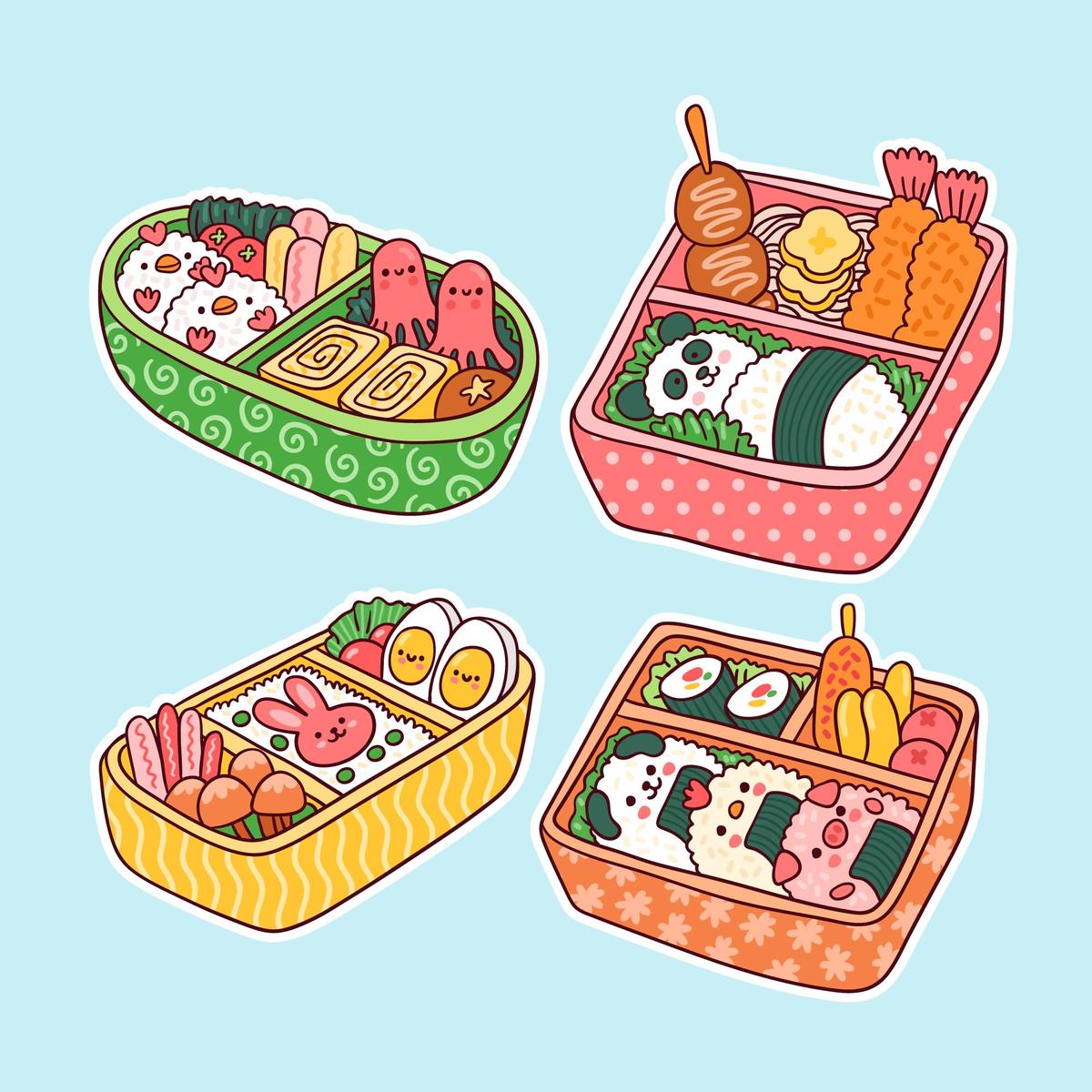
Bento boxes Kyaraben
| Photo Credit:
Freepik
Revival
The bento meal regained its popularity in the 80s, emerging as a convenience store frozen meal. Wood and metal boxes were replaced with polystyrene boxes. Handmade bento meals have also made a comeback. Children and office goers still carry handmade bento boxes made by their mothers or wives. They are also commonly used as packed lunches for road trips. Homemade bentos are wrapped in furoshiki cloth, which doubles as a carry bag and a tablecloth. Homemade bento boxes take a lot of time and effort to prepare, so Japanese housewives usually prepare some of the ingredients the night before.
Although the tradition of bento meals is native to Japan, the tradition of boxed meals has spread to other countries, especially within Asia. Countries like China, Singapore, India and Korea are carrying the tradition of boxed meals.
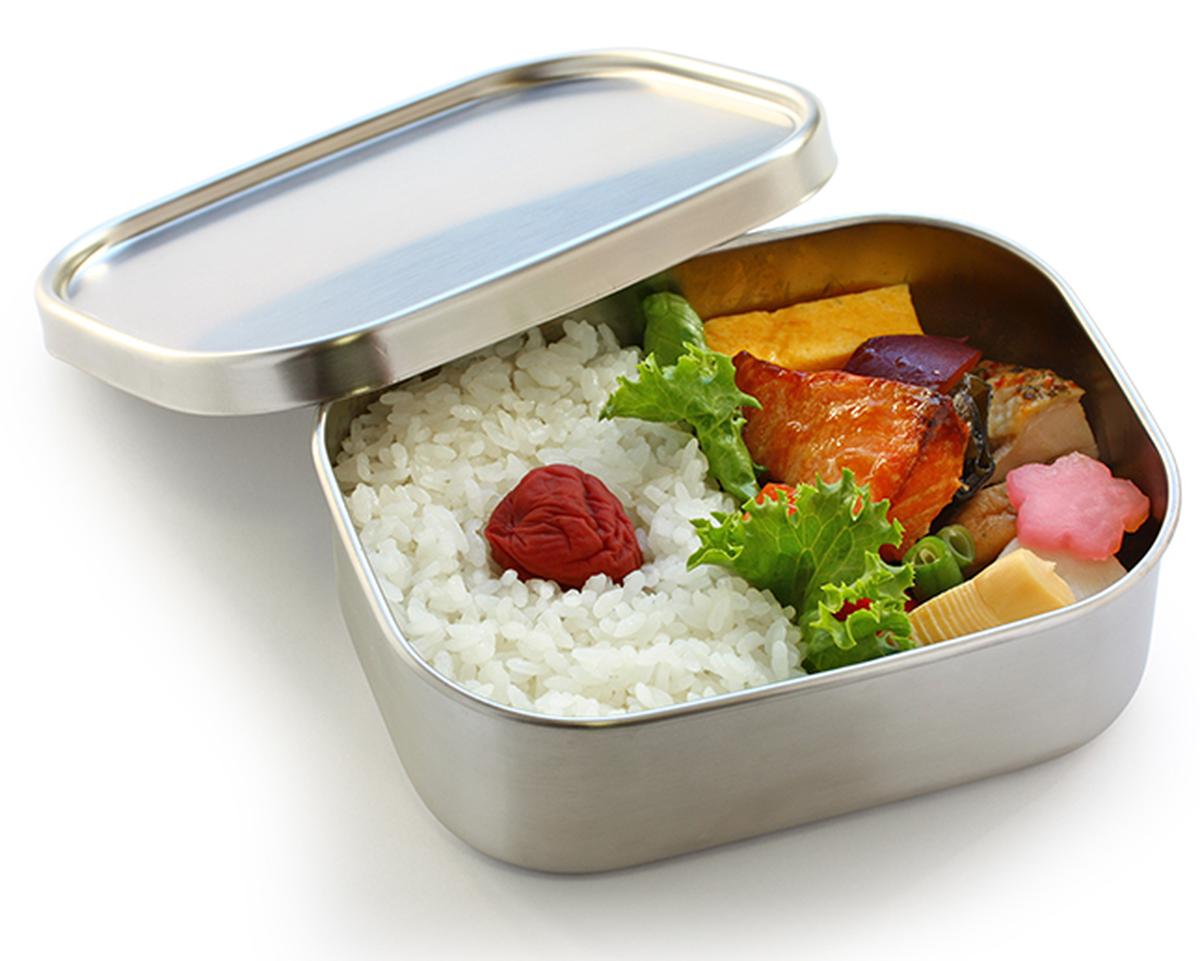
japanese boxed lunch
| Photo Credit:
bonchan
China
China calls its meals héfàn or biàndāng. There are various styles based on the region. Hong Kong has the distinctive “two meals with rice”. The meals came in boxes called shíhé. The design of the shíhé would range from simple to multi-tiered.

japanese boxed lunch
| Photo Credit:
bonchan
Taiwan
Taiwan was introduced to the bento meal during the first half of the 20th century during the Japanese colonial period and was called piān-tong. A modern Taiwanese bento box contains some form of mandatory protein, be it a fried chicken leg-piece, grilled mackerel or marinated pork chop. The Taiwan Railway Administration provides bento meals in train cars at major railway stations, called Taiwan Railway Bento.
Korea
Packed lunches are called dosirak. They are similar to the Japanese and Chinese style, except they are light on the meat and vegetables, and come with kimchi.
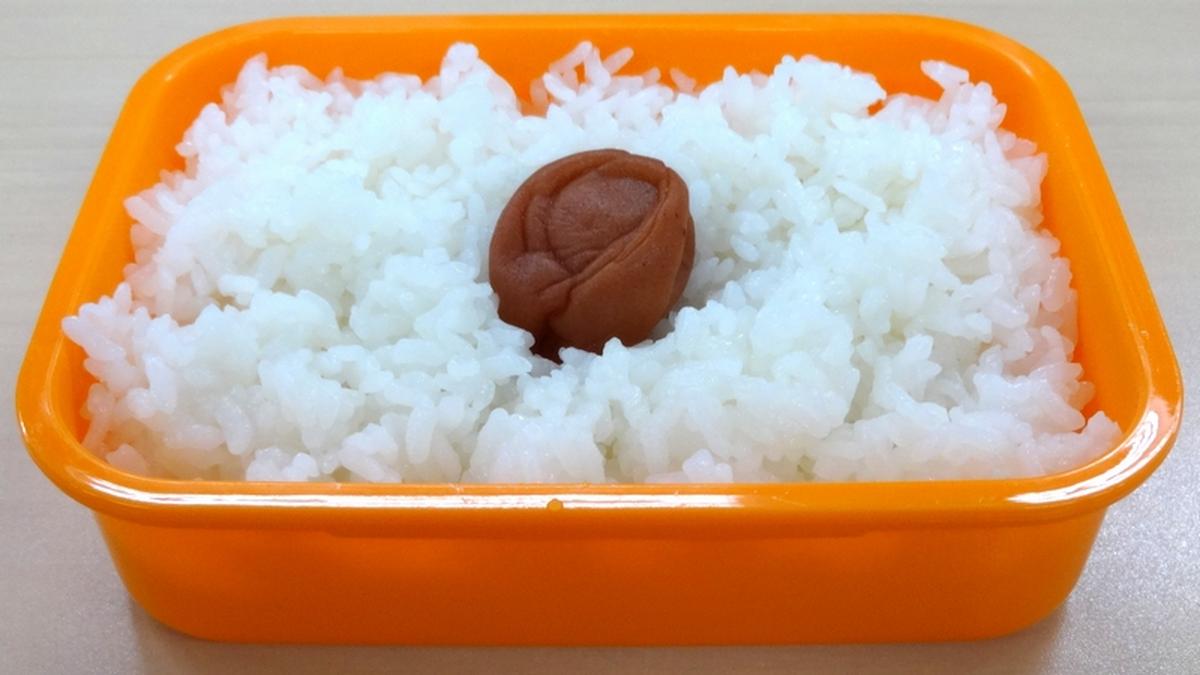
Handmade bento box
| Photo Credit:
WIKIMEDIA COMMONS
Think about it
Look at this picture closely. This is a Hinomaru bento box which consists of nothing but plain rice and umeboshi, a Japanese pickle. Does this bento box remind you of anything related to Japan? Answer us in the comments.
India
India, as we know, has the popular system of tiffin meals for both school children and working folk. The varying cultures and tastes in each household add to the variety of tiffin meals.
Mumbai has had a long-standing dabbawala (literally “tiffin carriers”) service since 1890, where the dabbawalas have been delivering and returning homemade meals in lunch boxes via bicycle or train to working people.
In the late 1800s, there were a lot of migrant workers who came to Bombay. They left for work in the morning and went home hungry for lunch. Having come from different communities, they only wanted home-made meals. So, in 1890, Mahadeo Havaji Bachche started a lunch delivery service with about a hundred men. The service was a massive success and became commercialised in 1968 with the name, Mumbai Tiffin Box Suppliers Association.
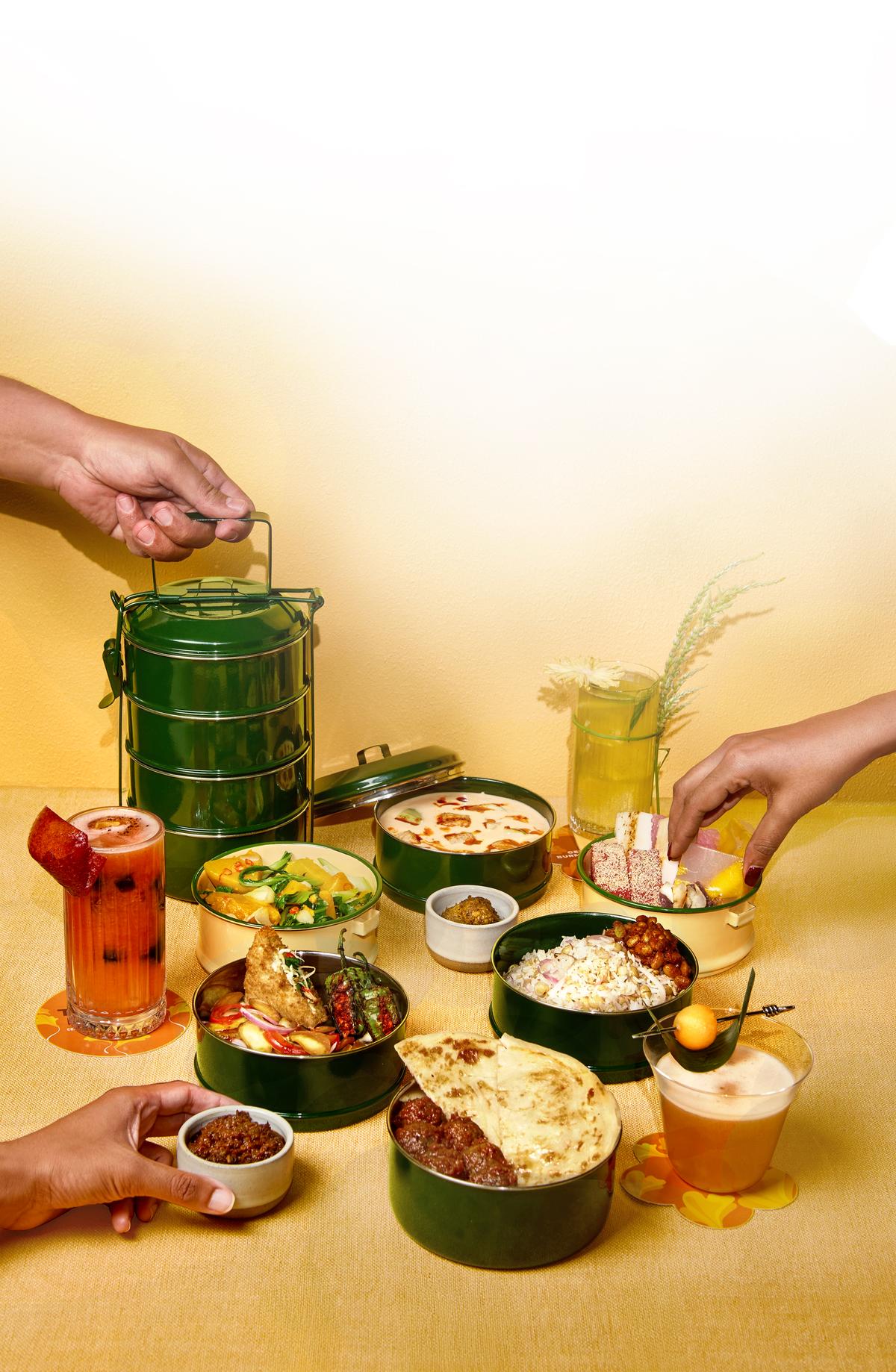
A tiffin meal.
| Photo Credit:
SPECIAL ARRANGEMENT
Singapore
Singaporean bento meals include roasted pork, soy eggs and fried rice. This tradition started in the early 20th century and intensified during Japanese occupation.
In 2021, the Singapore Food Tech Event showcased a bento box meal for a sustainable future. The meal contained plant-based meat, vegan cashew cheese and rice with a low glycemic index. (a measure of how quickly a certain food item raises blood sugar levels)
Bento meals are closely tied with Japanese values of beauty, balance and simplicity. Each bento meal follows the rule of five. They cover the five different tastes: sweet, sour, salty, spicy and savoury. They also captivate the five different senses of the human body: sight, smell, taste, feel and sound (like the crunch of vegetables or the fried shrimp). Bento boxes are made visually appealing by making them look like anime or cartoon characters. These are popularly seen in Kyaraben bento meals.
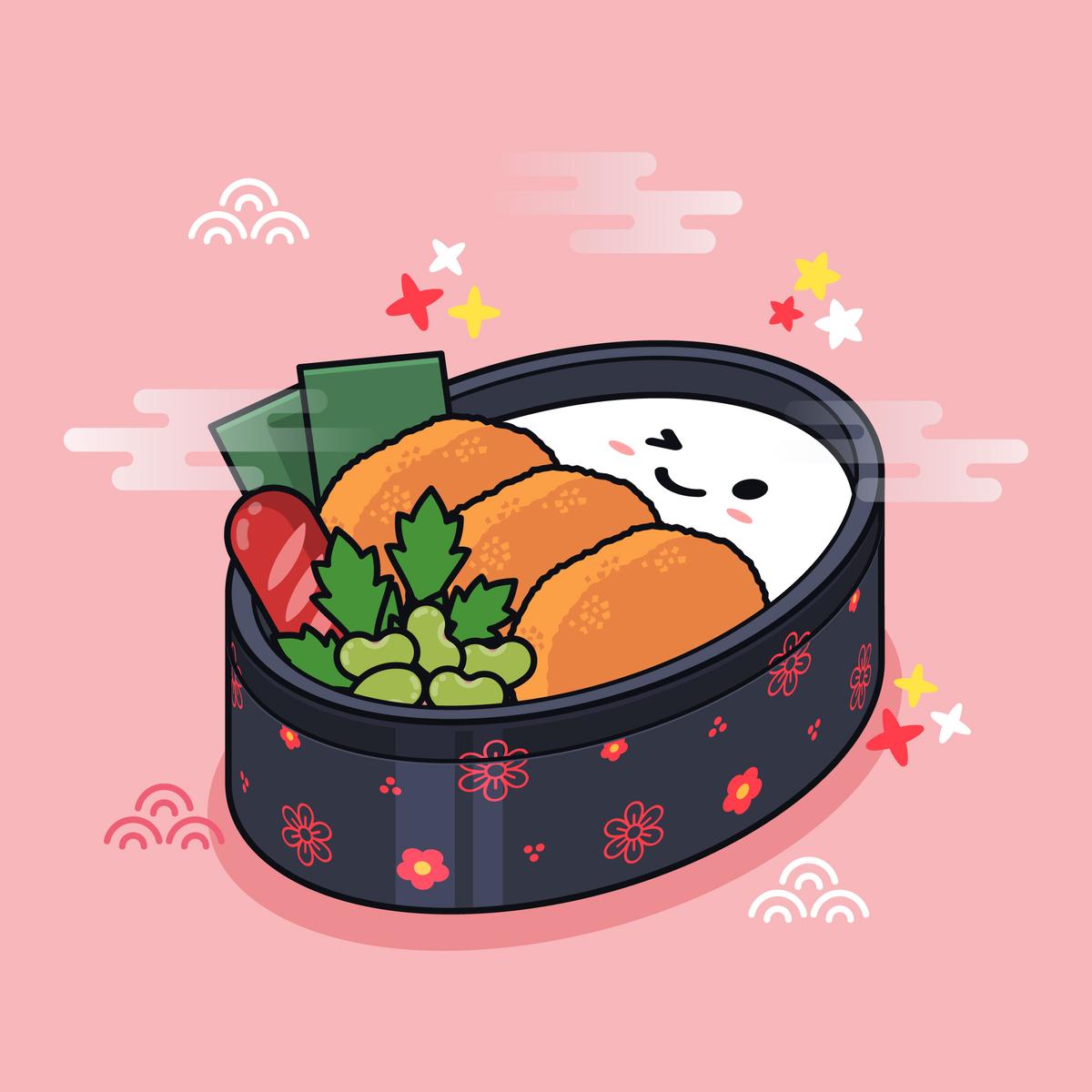
Bento boxes Kyaraben
| Photo Credit:
Freepik
The bento box is more than just a meal, it is a balance of nutrition, artistry and culture that is still popular to this day.
Published – October 07, 2025 04:30 pm IST
